Between countryside and sea, Masseria Borgo San Marco in Fasano is an enchanting fortified hamlet set in a plain of 65 hectares of ancient olive trees.
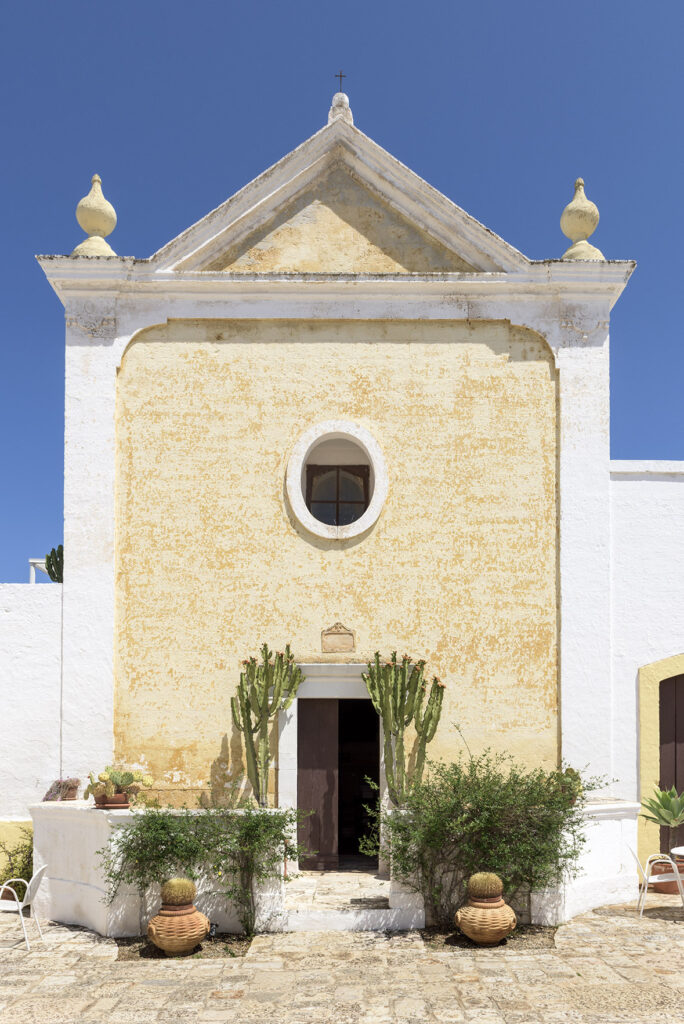
Around 20 years ago, Alessandro Amati and his wife Virginia restored the Masseria. They were among the first in the area to believe in this project, preserving the atmosphere and the appeal of the past, creating an elegant, eco-friendly, and traditional residence where one can enjoy the beauty of the colours and the lights of the surrounding countryside.
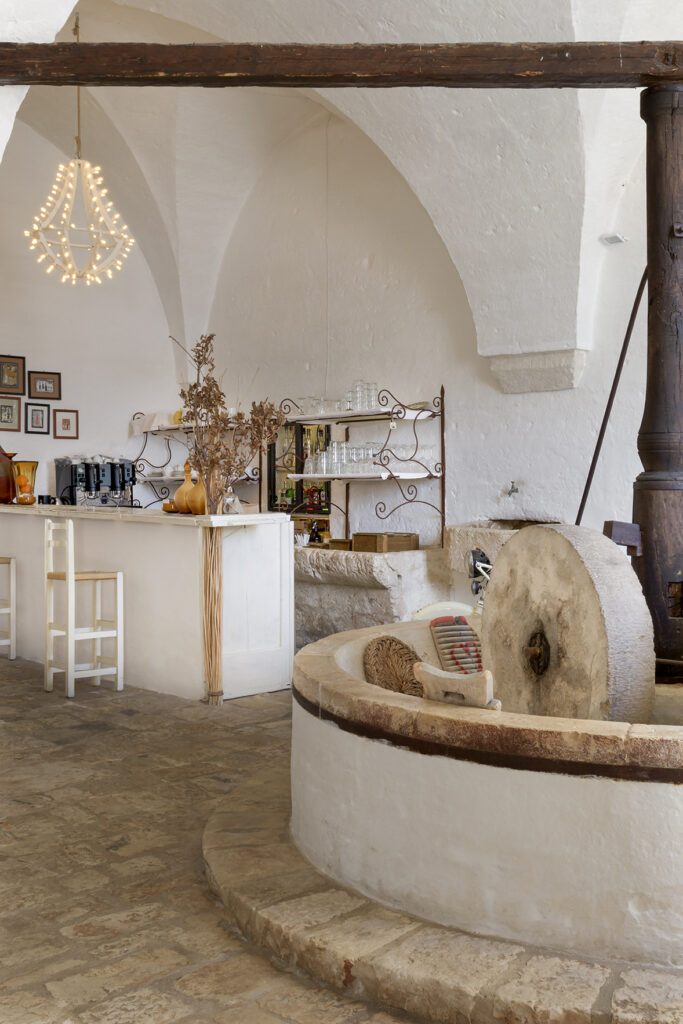
During the last couple of years, the property has been managed by Vittorio Amati and his wife Valentina, who have started a comprehensive makeover of the suites and have several expansion projects underway. Its position is strategic, close to all the most attractive locations in the area: the Torre Guaceto Nature Reserve, Polignano a Mare, Monopoli, Ostuni, Savelletri, Cisternino, Locorotondo; Bari Airport is 60 km away, and Brindisi Airport is 40 km away.




Borgo San Marco is authentic and restored by fully respecting the local history and the original architecture, embracing the philosophy of slow tourism.
Among the facilities offered to guests are a swimming pool among the olive trees, a bar located in the old olive oil mill, a typical restaurant, massages and treatments, a small SPA with an indoor pool, a whirlpool, and indoor and outdoor relaxation areas. Additionally, guests can rent bicycles, including electric ones, enjoy horse riding at the nearby stable, play golf just 7 km away, and use the transfer service.

The restaurant La Déspina offers a journey into the flavours of the traditional Apulian cuisine. Déspina was the name of the wealthy lady who lived in Fasano and its surroundings between the 12th and 13th centuries, who commissioned a cycle of precious frescoes in the Byzantine rock settlements that can be admired on the Masseria’s property.

Masseria Borgo San Marco offers various types of comfortable and spacious accommodation measuring up to 70 square metres, one different from the other, reflecting the traditional Apulian style, respecting the historical authenticity of the structure, and enhancing the essentiality of spaces.
The article continues on DENTROCASA on newsstands and online.


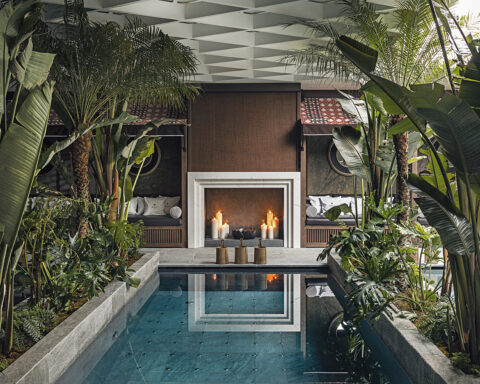


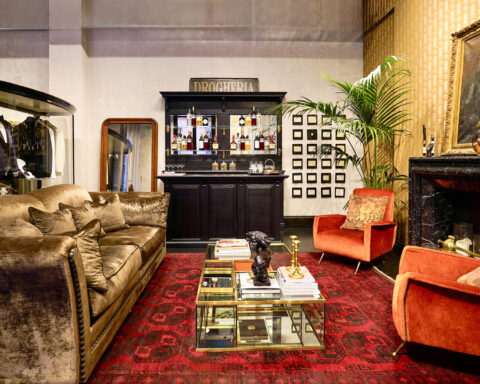

.png)



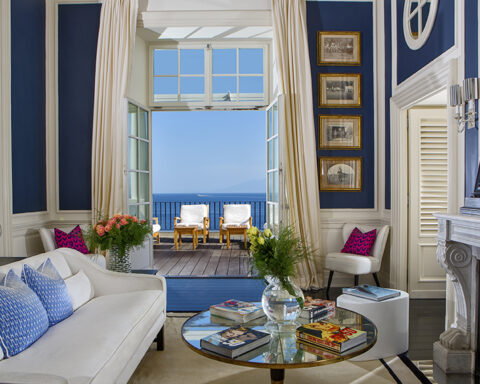
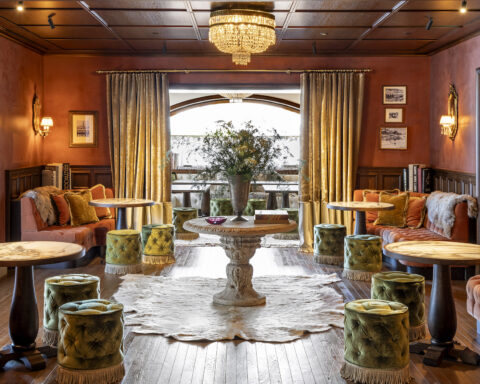
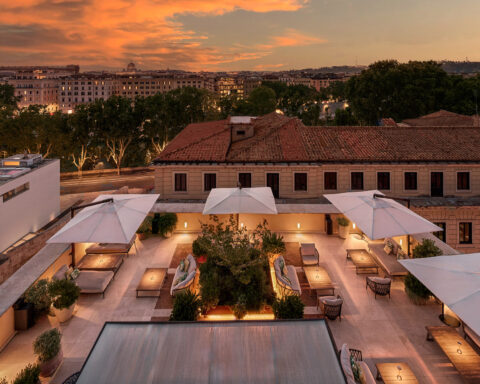
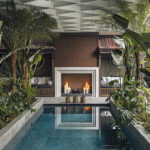

Seguici su